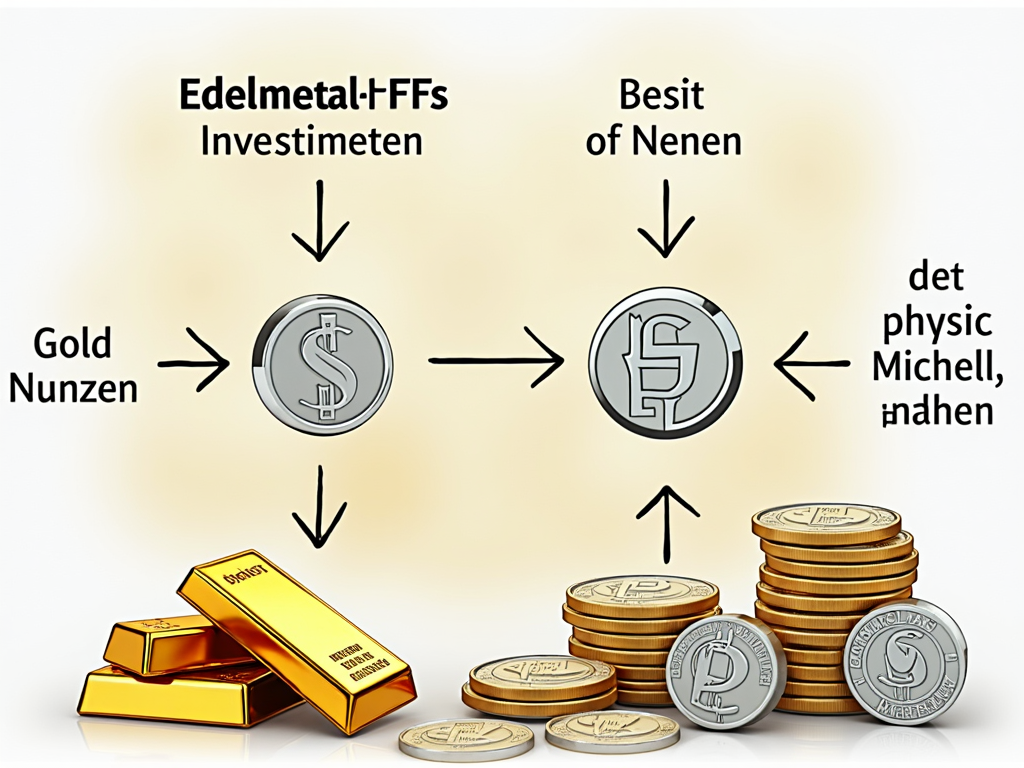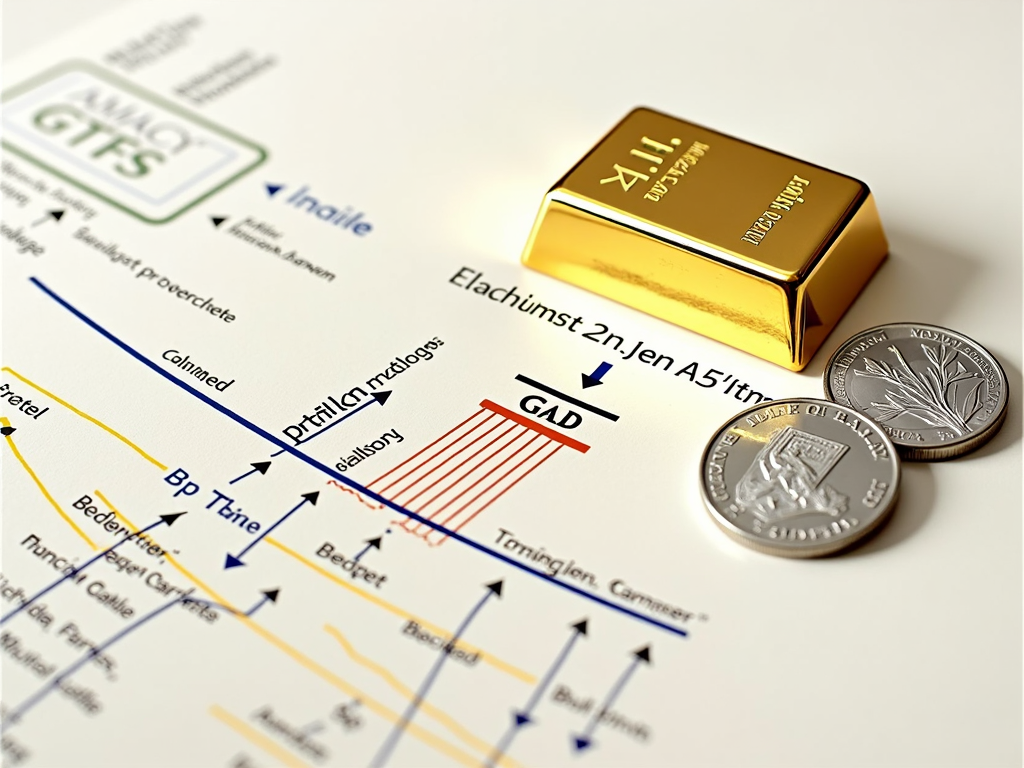Precious metal ETFs are the key for investors who want to participate in the sparkling world of precious metals without having to worry about physical storage. These financial instruments offer a convenient way to benefit from price movements of gold and silver. In this article, we will explore the mechanisms and legal structures of these ETFs, highlighting their advantages and disadvantages. In this way, investors and private individuals will have a clear overview of whether precious metal ETFs represent the right path for their investment strategy.
Invisible Ownership: The World of Precious Metal ETFs and Their Legal Foundations

Precious metal ETFs (Exchange-Traded Funds) open the doors to the markets of gold, silver, and other precious metals, without ever touching a physical bar. These exchange-traded funds are optimal for investors who want to benefit from price trends but want to avoid the logistical challenges of physical storage. The mechanisms and legal structures of this form of investment not only ensure efficiency but also security and flexibility.
Investment Mechanisms: Precious metal ETFs are backed by actual reserves of precious metal, stored in highly secure vaults. This means that for every share outstanding, there is a corresponding piece of gold or silver physically existing. These physical holdings provide investors with some security as they represent a direct link to tangible value. An additional decisive advantage is the daily negotiability of the ETFs on exchanges. This allows investors to react flexibly to market developments and to buy or sell their shares similarly to stocks, without facing the costs and burdens associated with physical ownership.
Legal Structures for Investor Protection: Unlike pure bonds, precious metal ETFs are generally structured as separate assets. In countries like Switzerland, this means that the assets contained in the ETFs are managed separately from the fund’s assets, eliminating the risk of insolvency of the issuer. This particular legal structure ensures that even in the event of the fund manager’s bankruptcy, the invested capital of the investors remains intact.
The legal and operational protection mechanisms make precious metal ETFs the ideal choice for investors seeking both asset protection and strategic flexibility. Although ETCs (Exchange-Traded Commodities) offer a similar investment promise, they carry a greater risk due to their structure as bonds, as the invested capital could be lost in the mass insolvency of the issuer.
In general, precious metal ETFs provide a robust solution for modern investment strategies, where protection through physical deposit and legal regulations go hand in hand. Thus, investors can benefit from the security that historically precious metals offer, without the physical obstacles of traditional investments.
The Duality of Precious Metal ETFs: Opportunities and Challenges in Investing in Gold and Silver

Precious metal ETFs position themselves as attractive investment options for investors interested in gold and silver, without having to bear the difficulties and risks of physical storage. They offer both opportunities and challenges to consider when making informed investment decisions.
On the one hand, precious metal ETFs have a clear advantage due to physical coverage. These ETFs are often backed by actual reserves of precious metal, which means their value is closely tied to the market prices of gold and silver. This structure provides significant protection against inflation and economic volatility, as precious metals are traditionally valued as stores of value. Additionally, investors benefit from the issuer absorbing the costs of storage and insurance, lowering the barriers for private investors.
On the other hand, there are risks stemming from the lack of physical control. Although ETFs represent an economic hedge against market uncertainties, investors do not have direct access to the actual metal. In an economic crisis or in the event of severe market turbulence, this distance could call into question the protection of the invested capital. Furthermore, the transparency of the physical coverage is often a matter of debate, especially when it comes to verifying the actual stocks of precious metal.
Flexibility and easy negotiability on the exchanges represent an additional advantage. Those who wish to react quickly to market developments will find precious metal ETFs to be an agile tool. However, this possibility comes with its own challenges: market regulation, particularly in the EU, can limit access to certain types of ETFs, as in the case of pure gold ETFs, which are not tradable in Germany due to diversification regulations regarding their investments.
In summary, precious metal ETFs offer a unique combination of security, flexibility, and diversification benefits, while not being free from regulatory and operational risks. The decision of whether and to what extent to invest in gold and silver through ETFs should always be based on a thoughtful assessment of these advantages and disadvantages.